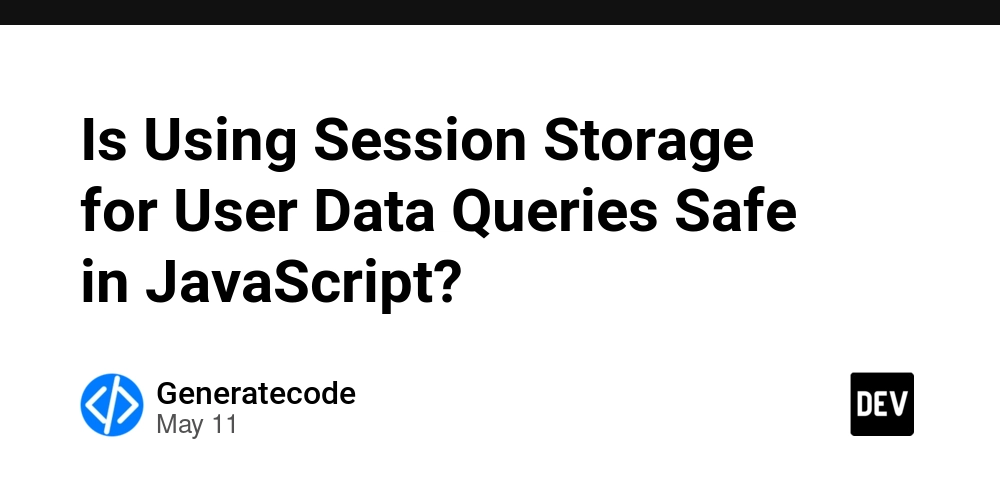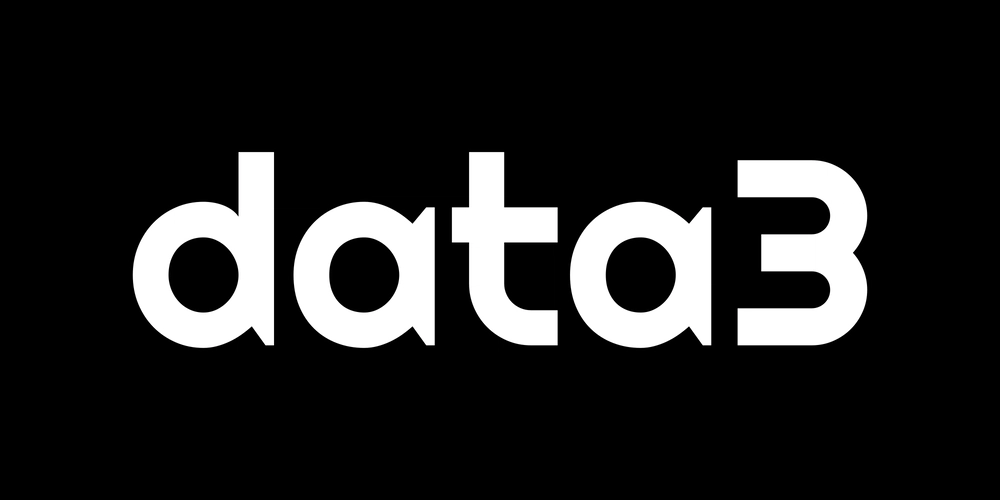Building Scalable AI Agents: Why Your Vector Database Choice Matters
When I started building AI agents, I focused obsessively on LLM selection and tool integrations. Like many engineers, I assumed retrieval was "solved" – just plug in any vector store. Then my prototype went viral. During a 10x traffic spike, I discovered how wrong I was. The Hidden Bottleneck: Retrieval at Scale Every production-ready AI agent relies on three pillars: LLM (reasoning engine) Tools (API integrations) Memory (context retrieval via vector stores) While LLM quality has standardized across providers, retrieval infrastructure separates functional prototypes from production-ready systems. During stress testing with 10M vectors, I observed: Database Latency @ 100QPS Multi-Tenancy Support Dynamic Data Handling Basic Option 2500ms ❌ Batch Updates Only Robust Engine 85ms ✅ (Row-Level) Real-Time Streaming Consistency Levels: A Production Reality Check Understanding consistency models prevented subtle data errors in our retrieval pipeline: # Strong Consistency (Use for transactional data) client.set_consistency_level("STRONG") # Guarantees latest version # Eventual Consistency (Use for analytics) client.set_consistency_level("BOUNDED") # Faster but stale possible Real-world lesson: Using BOUNDED consistency for real-time customer conversations caused outdated document retrieval after updates. Switching to STRONG added 15ms latency but eliminated support tickets about "missing" information. Multi-Tenancy Done Right Isolating customer data isn’t bolt-on – it’s architectural. Our migration path: # Failed approach: App-layer filtering SELECT * FROM docs WHERE tenant_id='acme' AND similarity > 0.8 → Performance collapsed at 5M+ vectors # Solution: Database-native isolation CREATE COLLECTION name="acme", schema={metadata={tenant_id}} → Maintained

When I started building AI agents, I focused obsessively on LLM selection and tool integrations. Like many engineers, I assumed retrieval was "solved" – just plug in any vector store. Then my prototype went viral. During a 10x traffic spike, I discovered how wrong I was.
The Hidden Bottleneck: Retrieval at Scale
Every production-ready AI agent relies on three pillars:
- LLM (reasoning engine)
- Tools (API integrations)
- Memory (context retrieval via vector stores)
While LLM quality has standardized across providers, retrieval infrastructure separates functional prototypes from production-ready systems. During stress testing with 10M vectors, I observed:
| Database | Latency @ 100QPS | Multi-Tenancy Support | Dynamic Data Handling |
|---|---|---|---|
| Basic Option | 2500ms | ❌ | Batch Updates Only |
| Robust Engine | 85ms | ✅ (Row-Level) | Real-Time Streaming |
Consistency Levels: A Production Reality Check
Understanding consistency models prevented subtle data errors in our retrieval pipeline:
# Strong Consistency (Use for transactional data)
client.set_consistency_level("STRONG") # Guarantees latest version
# Eventual Consistency (Use for analytics)
client.set_consistency_level("BOUNDED") # Faster but stale possible
Real-world lesson: Using BOUNDED consistency for real-time customer conversations caused outdated document retrieval after updates. Switching to STRONG added 15ms latency but eliminated support tickets about "missing" information.
Multi-Tenancy Done Right
Isolating customer data isn’t bolt-on – it’s architectural. Our migration path:
# Failed approach: App-layer filtering
SELECT * FROM docs WHERE tenant_id='acme' AND similarity > 0.8
→ Performance collapsed at 5M+ vectors
# Solution: Database-native isolation
CREATE COLLECTION name="acme", schema={metadata={tenant_id}}
→ Maintained <100ms latency across 20 tenants
Hybrid Search: Beyond Basic Similarity
Real agents need contextual precision. Combining vectors with metadata:
# Basic semantic search
results = client.search(vector=[...], limit=5)
# Hybrid query (metadata filtered)
results = client.search(
vector=[0.1, -0.2, 0.8],
filter="last_modified >= '2024-05-01' AND doc_type='pricing'",
output_fields=["url", "author"]
)
In our ticket routing bot, hybrid queries reduced false positives by 62% by excluding archived documents.
Deployment Tradeoffs: Cloud vs. Self-Hosted
Benchmarking 100K queries on different infra:
| Infrastructure | Cost/Month | P99 Latency | Maintenance Effort |
|---|---|---|---|
| Self-Hosted (K8s) | $1,200 | 210ms | ~15 hrs/week |
| Managed Service | $2,800 | 95ms | <1 hr/week |
Engineering insight: Early-stage startups should prioritize managed services despite cost. Our team saved 100+ hours/month by avoiding:
- Index tuning
- Shard rebalancing
- Hotspot mitigation
Migration Checklist
Transitioning from simpler stores? These lessons cost us:
- Schema Mapping
# Postgres → Distributed System
convert_pgvector_schema(
source="chunk_id UUID PRIMARY KEY,
content TEXT,
vector VECTOR(1536)",
target="partition_key='chunk_id'"
)
- Data Hydration Pattern Use bulk loading APIs + incremental streaming instead of batch dumps
- Graceful Degradation Implement fallback to BM25/text search during migration window
What I'd Change Today
- Start with Strict Isolation Even POCs deserve tenant-aware architecture
-
Test Failure Modes Early
- Simulate Zookeeper failures
- Force memory leaks during queries
- Prioritize Consistency Semantics Document your retrieval guarantees
Where I'm Headed Next
- Testing billion-scale metadata filtering
- Evaluating RAG caching strategies
- Implementing cross-region replication for EU deployment
Viral moments don't forgive infrastructure debts. Build your memory layer like it’s the core product – because for end users, it is.















































































































































































![[The AI Show Episode 153]: OpenAI Releases o3-Pro, Disney Sues Midjourney, Altman: “Gentle Singularity” Is Here, AI and Jobs & News Sites Getting Crushed by AI Search](https://www.marketingaiinstitute.com/hubfs/ep%20153%20cover.png)






















































































































![[DEALS] Internxt Cloud Storage Lifetime Subscription (20TB) (89% off) & Other Deals Up To 98% Off – Offers End Soon!](https://www.javacodegeeks.com/wp-content/uploads/2012/12/jcg-logo.jpg)




















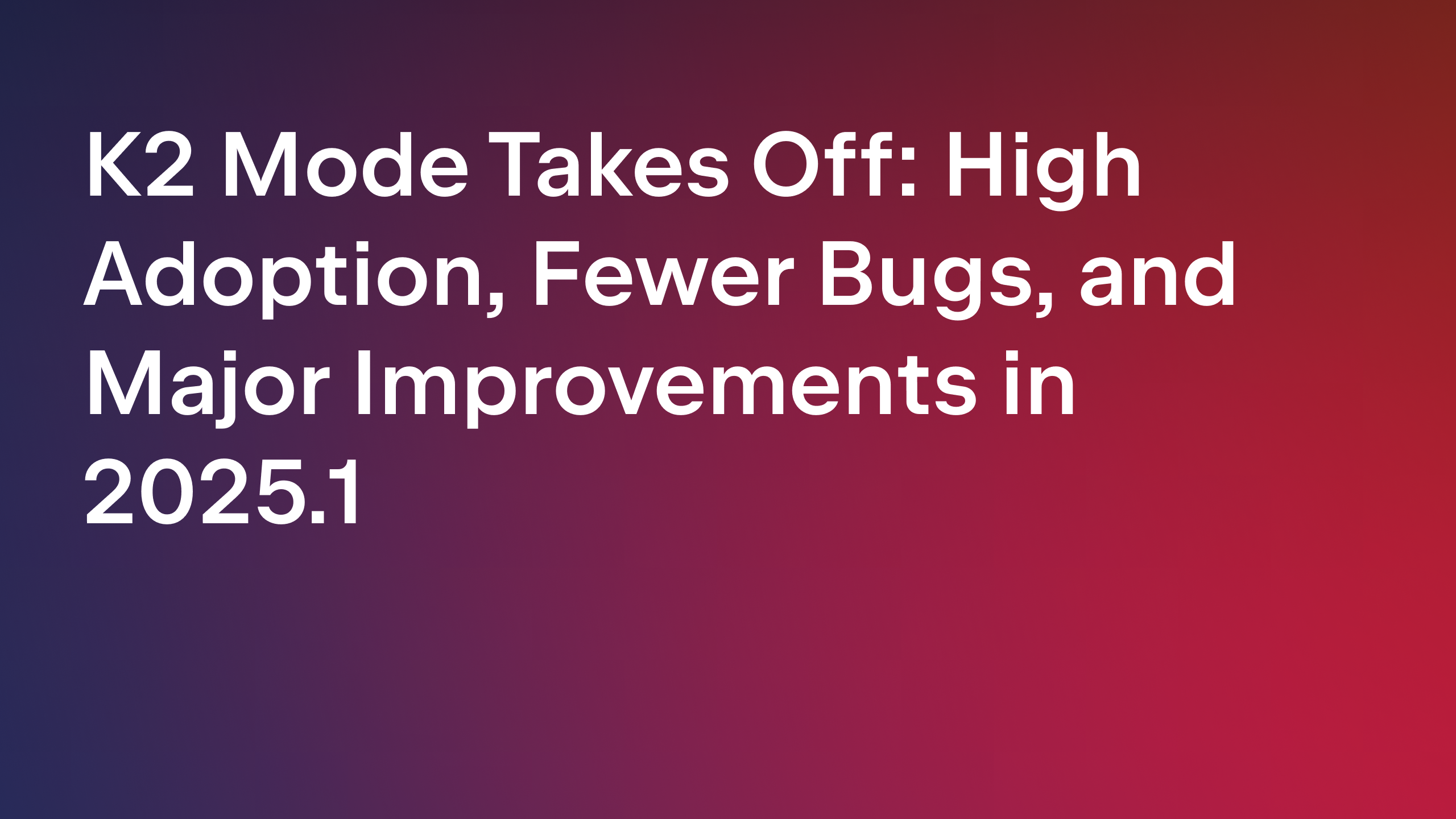
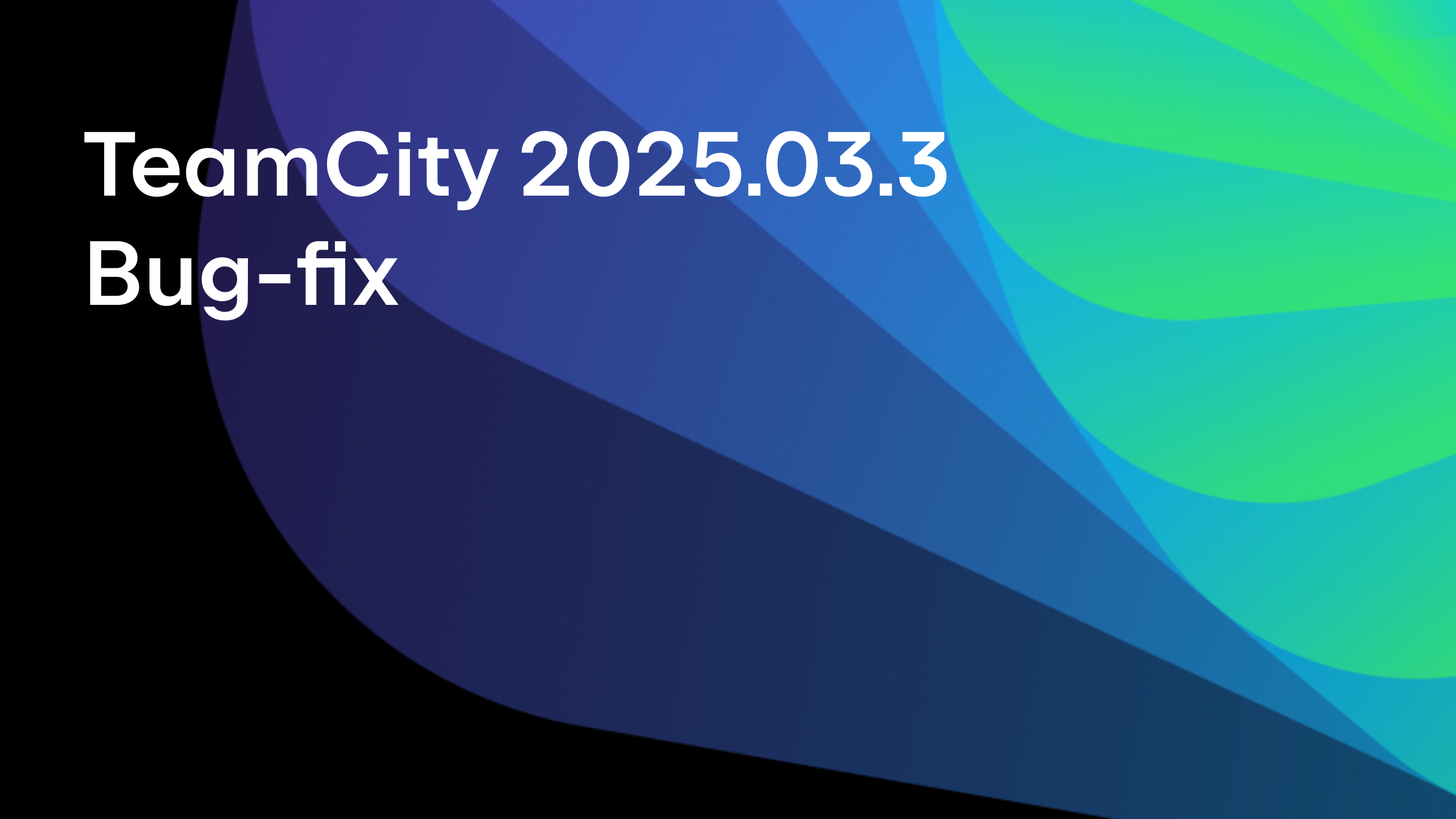





























.png?width=1920&height=1920&fit=bounds&quality=70&format=jpg&auto=webp#)





















![GrandChase tier list of the best characters available [June 2025]](https://media.pocketgamer.com/artwork/na-33057-1637756796/grandchase-ios-android-3rd-anniversary.jpg?#)






































































_Paul_Markillie_Alamy.jpg?width=1280&auto=webp&quality=80&disable=upscale#)



































































































![Nothing Phone (3) has ‘Glyph Matrix’ lights in corner, leaked design was likely wrong [Video]](https://i0.wp.com/9to5google.com/wp-content/uploads/sites/4/2025/06/nothing-phone-3-glyph-matrix-1.jpg?resize=1200%2C628&quality=82&strip=all&ssl=1)
![Galaxy Z Fold 7 leaks in first official-looking renders with thin design, slick blue color [Gallery]](https://i0.wp.com/9to5google.com/wp-content/uploads/sites/4/2025/06/galaxy-z-fold-7-leak-ah-9.jpg?resize=1200%2C628&quality=82&strip=all&ssl=1)










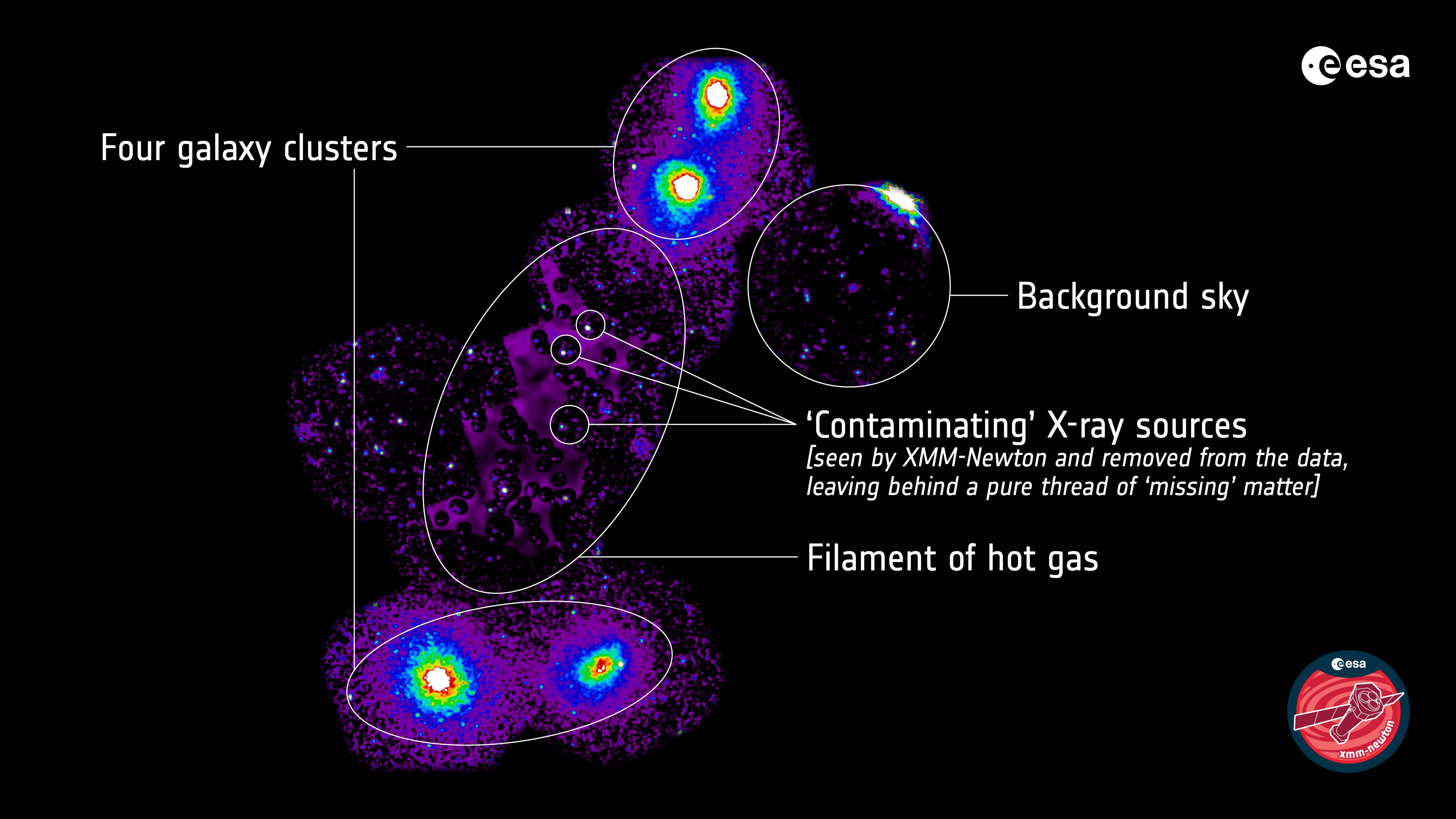

![iPhone 18 Pro Models to Feature Under-Display Face ID, Keep Same Display Sizes [Rumor]](https://www.iclarified.com/images/news/97657/97657/97657-640.jpg)
![Apple M4 Mac Mini Drops to Just $469 — Save $130 [Lowest Price Ever]](https://www.iclarified.com/images/news/97659/97659/97659-640.jpg)

![Apple Shares New Shot on iPhone Film: 'Big Man' [Video]](https://www.iclarified.com/images/news/97654/97654/97654-640.jpg)



































































